016: Choosing Your Camino Route, Part 2: Companions, Terrain & Getting There
From quiet trails to well-worn paths—here’s what to think about when it comes to company, scenery, and starting your walk.
Hello Camino friends! Here’s what’s in this issue:
🗺 Choosing Your Camino Route - Part 2 of 4
🎥How to see my Substack interview
📸Scenes from the Camino: Via Podiensis in France
🥾How to get help planning your Camino.
Are you getting my posts directly to your email or Substack feed? If not, click here to join us.
❓Not even sure what the Camino de Santiago is? Start here.
🤔Heard of the Camino but not sure if it’s for you? Read this.
Let’s get started!
🗺Choosing Your Camino Route, Part 2: Companions, Terrain & Getting There
Last week, I began a 4-part series on choosing your Camino de Santiago route. Click here for Part 1.
Before we continue, let’s look at a map of some of the most well-known routes.
Camino Francés (black) — most popular route, a classic
Camino Portugués Central route (dark gray) - second most popular route
Camino Inglés (orange) - a quieter 5 day option from Ferrol
Camino Primitivo (green) - the most physically challenging, but stunningly beautiful.
Camino del Norte (purple) - along the northern coast, also a physical challenge.
Portugués Coastal (pink) - growing in populartity
Via Podiensis (Dark Blue) - From Le-Puy-en-Velay in France. The first two weeks are my personal favorite for scenery and food. It’s a challenge—especially if you find yourself walking during a heatwave like I did. (See “Scenes from the Camino” below for photos.)
This map does not show every possible route, but most of my clients choose from among these—so it’s a good place to start.
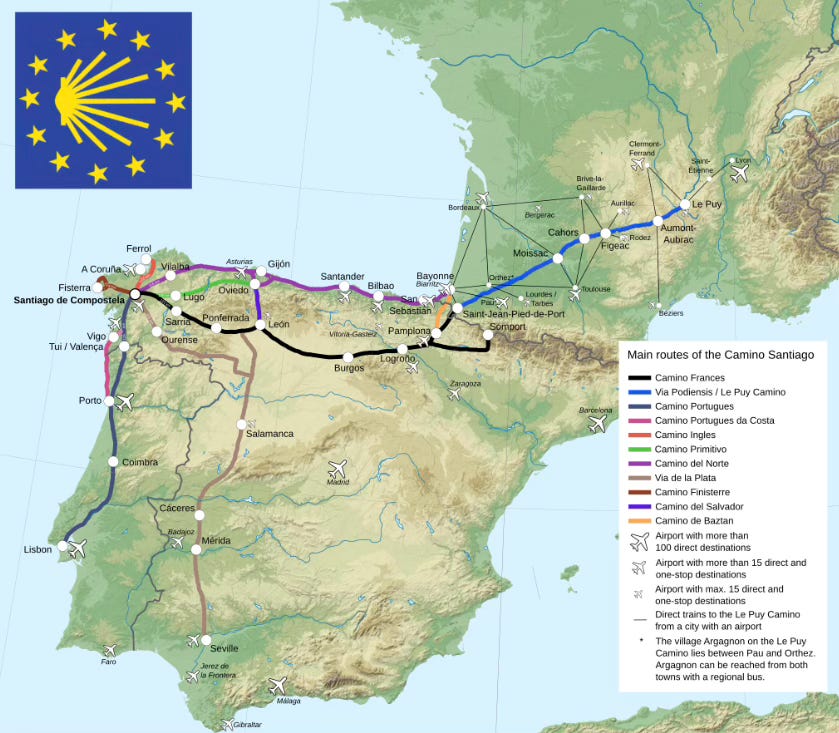
In the first post in this series, I covered:
Do you want to end your Camino in Santiago de Compostela?
How far do you want to walk each day?
How many days do you want to walk?
Let’s continue!
4) Do you want a route with lots of people and infrastructure?
The most popular Camino routes—the Camino Francés (CF) and the Camino Portugués (CPo)— also have the most infrastructure: more frequent accommodations, restaurants, pharmacies. If you are going to walk less than 20 km/ 12 miles per day, you’ll want to choose one of these.
“Popular” is a relative term. It depends on when you go—and even what day you start.
There’s a concept we call “the bubble.” I’ve seen it firsthand while volunteering in pilgrim accommodations. If you stop in the guidebook-recommended towns (also called “end-stage” towns), you’ll likely walk and sleep among the same crowd each day. But if you stop in smaller, “off-stage” towns, your experience can feel much quieter—even on a busy route.
Of course there are some times of year (like Holy Week here in Spain—the week before Easter) that bring more pilgrims no matter where you stop. And while the CF and CPo can feel like a parade at times, stepping outside your “bubble” makes a difference.
Remember that on the most popular routes there are accommodations in more places than just the end stage on an app or guidebook.
Other routes—like the Camino del Norte, the Camino Primitivo, the Camino Inglés and the Camino Invierno—have sufficient infrastructure and often fewer pilgrims. But some of these routes are more physically challenging, so . . .
5) What level of physical challenge do you want?
Let’s be honest: there is no completely flat Camino route. However, there are certainly routes that have significantly less elevation than others.
Here are a few 1-2 week routes that end in Santiago de Compostela, in order of physical challenge.*
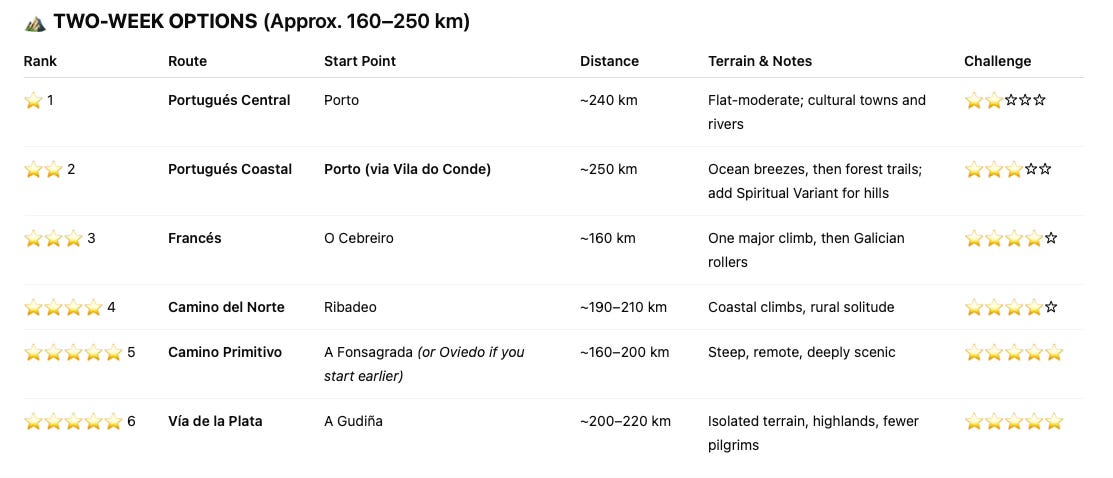
In a nutshell:
Easy + Scenic: Start in Baiona on the Portugués Coastal.
Quieter + more challenging: Choose the Primitivo from Lugo.
Tradition + Social: Walk from O Cebreiro on the Camino Francés.
Some coastal charm: The Portugués Coastal from Vigo is getting increasingly popular but, depending on the time of year, strikes a good balance. And it includes a boat ride!
6) How easy does it need to be to get to your starting point?
Don’t assume you can fly into Madrid and take a cab to your starting point.
Better yet: don’t assume anything about Camino logistics.
Even if your route starts in Spain, your starting location may be easier to reach if you fly into France or Portugal.
For example, two of my recent clients walked from Tui, Spain (just over 100km from Santiago, on the Spain-Portugal border).
One flew from the US to Lisbon, then to Porto, then took the train to Tui.
The other flew to Madrid, took a train to Vigo, then a cab to Tui.
Another option is to fly (via a connection) to Santiago de Compostela, then take a train to Tui.
“Seems easy enough,” you might say. But:
Not every bus runs every day.
Some trains only run once per day.
Schedules sometimes don’t appear until just weeks in advance.
Tips for getting to your starting point:
If you’re a do-it-yourself type, maps.google.com can now tell you how to get from anywhere in the world to anywhere in the world via plane, train, car, bus. Rome2Rio.com does the same thing. I usually try to book directly with the airline, bus company, etc. But Omio.com is also reliable and makes booking fairly easy.
If you’d rather someone else handle it all, talk to a travel agent.
If you’re somewhere in between, that’s what I do: I guide my clients through the process helping them choose flights and then whatever else it takes to get to their starting point.
If this feels like a lot to figure out, remember: whichever route you choose will be the right route for you. The Camino has a way of giving us just what we need.
With love,
Rebecca
P.S. You know those people who say, “I’ll do the Camino in May or September—that’s the off-season”? They’re wrong. Those months can be some of the busiest on the Camino.
More on that next week.
👉If you missed Part 1 of this series, click here.
👉To see Part 3 of this series, click here.
🎥Watch the Interview
I recently had the joy of sitting down with @Carolina Wilke and @Phil Powis of Sacred Business Stories to talk all things Camino — how a sabbatical turned into twelve pilgrimages (and counting), how I help others answer their own call to walk the Camino de Santiago, and how walking these ancient paths has shaped not just my life but also my work. If you’ve ever felt the nudge to do something big, something a little different, something sacred — this episode is for you. We talk about the magic of the Camino, how business can be a sacred act of service, and what happens when you keep showing up. And as always, if the Camino is calling you — I’m here to help you answer.
📸Scenes from the Camino: Via Podiensis
(Pictures from the first two weeks of that route)
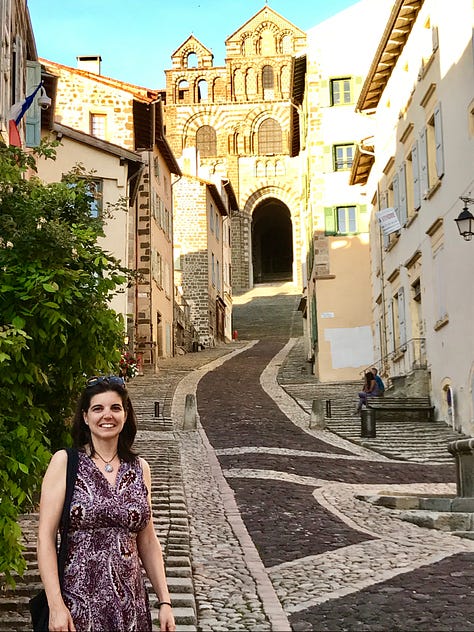
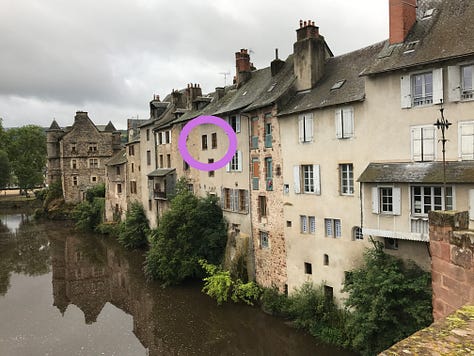
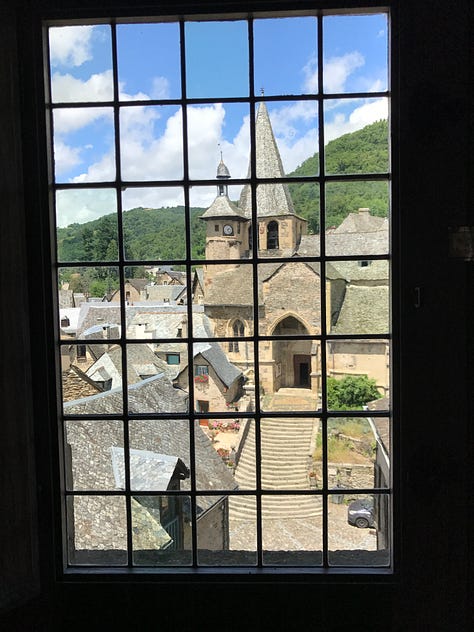
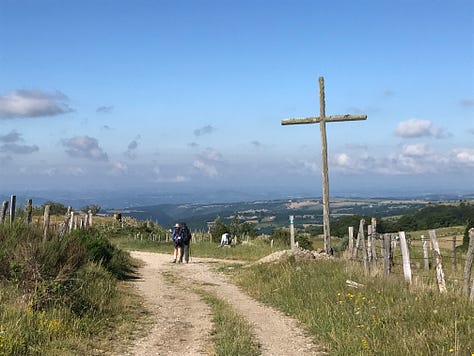
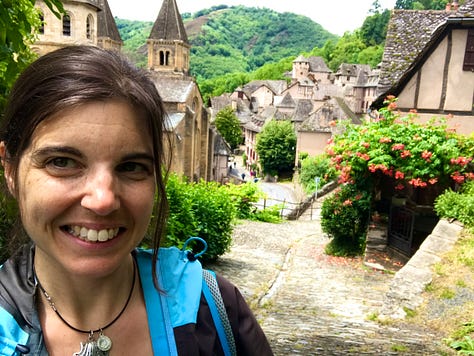
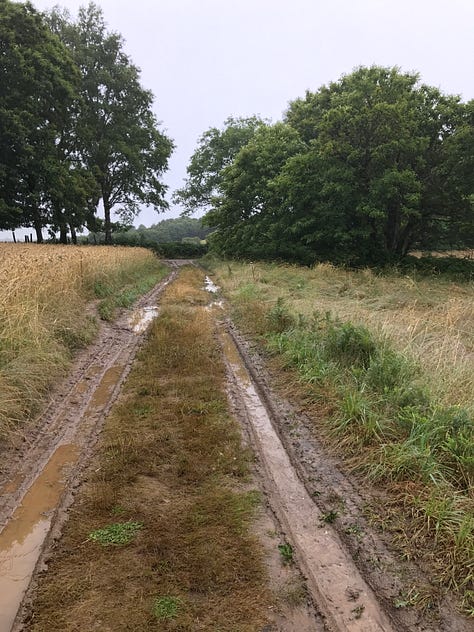


🥾Ready to start planning your Camino?
Rebecca Weston is an American who walked her first Camino in 2012.
She helps people 45 and over plan their own walks on the Camino de Santiago through her business The Camino Calls.
She and her husband live in Spain in a town of 6500 people on the Camino del Norte. She’s walked more than a dozen Caminos, spent many days volunteering along the trail, and if she’s not walking one now, she’s planning the next—and would love nothing more than to help you plan yours, too.


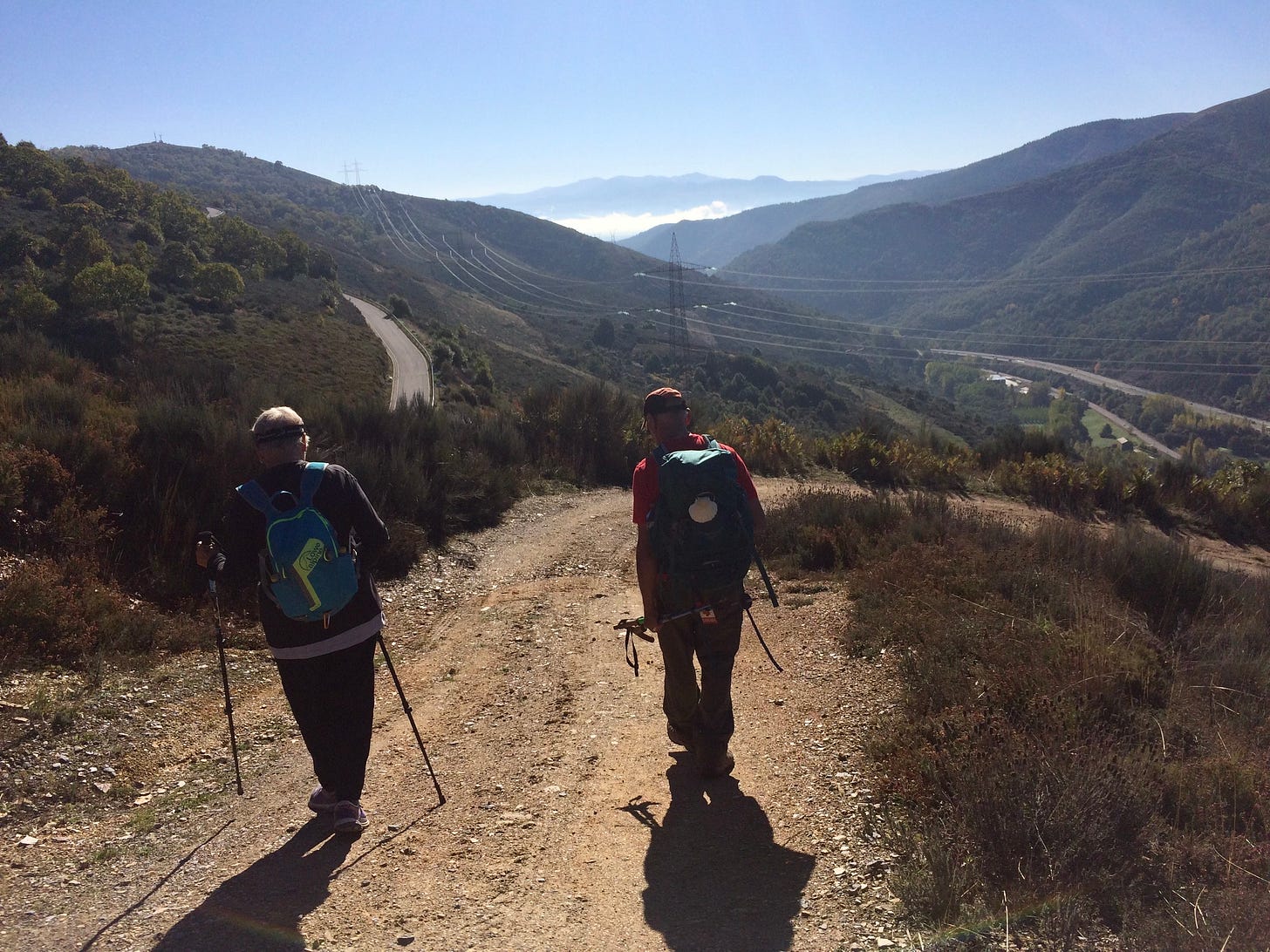


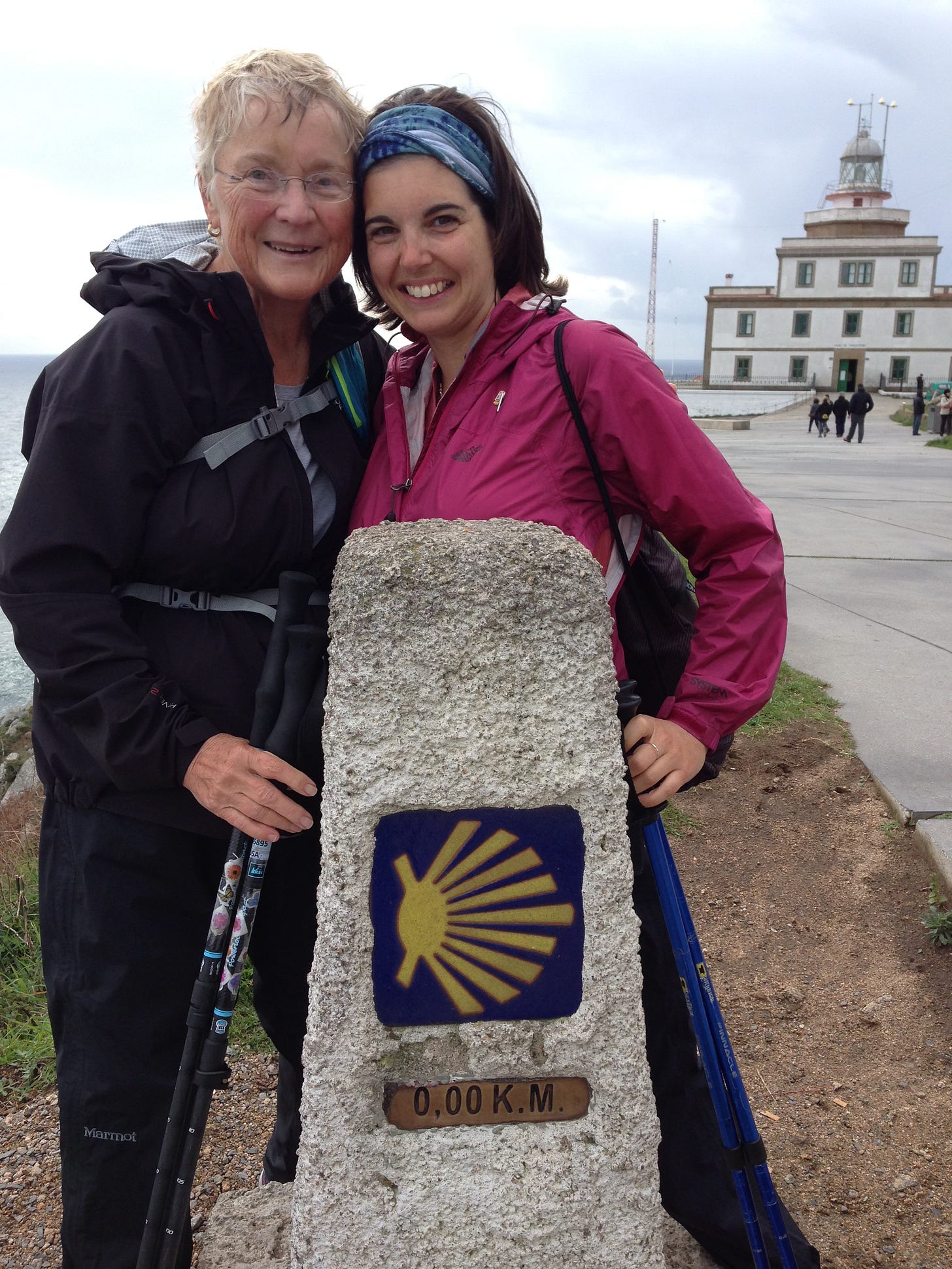
👍👏